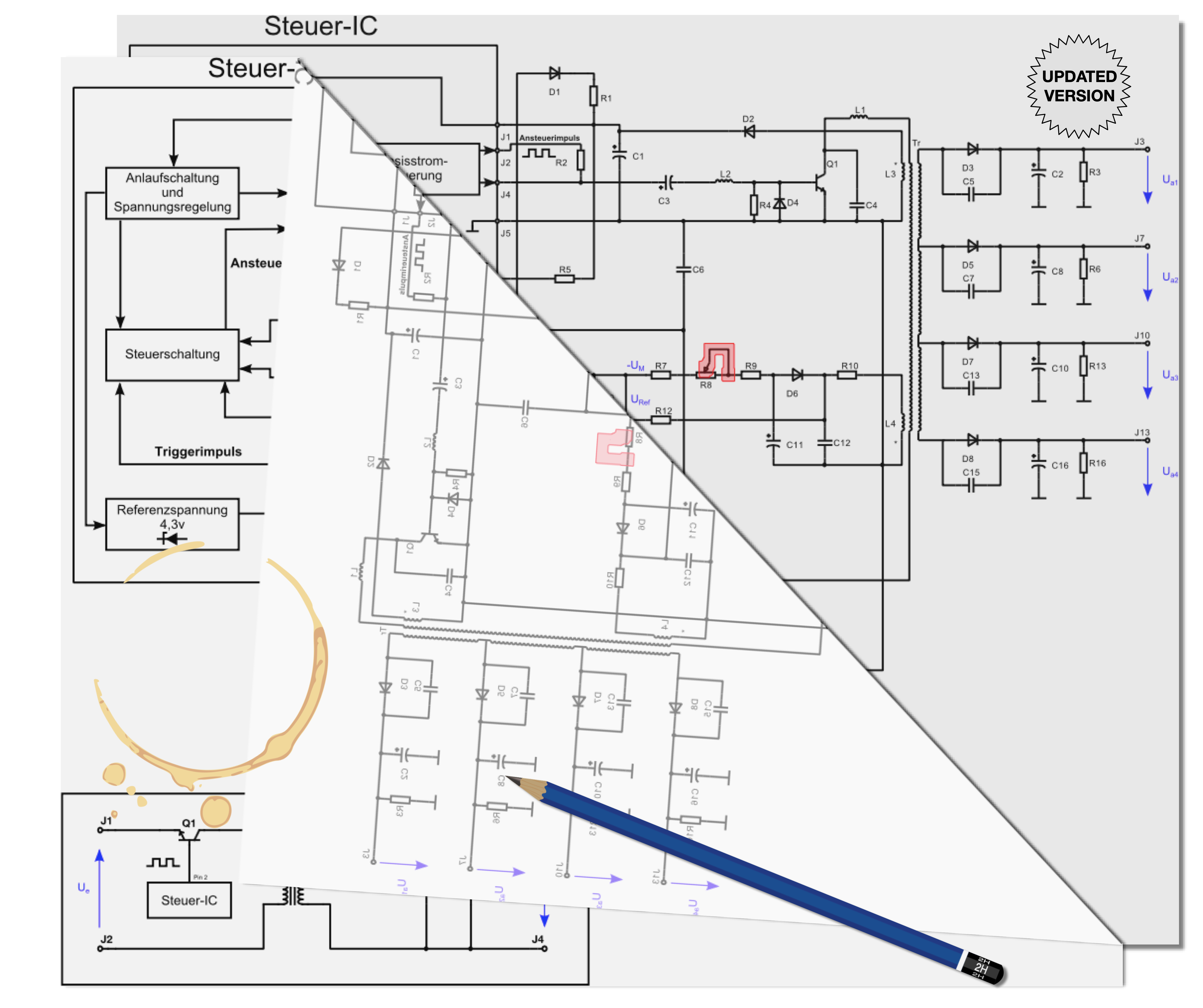- Welcome to Fredericksburg Field House Fredericksburg Field House - Schedules, standings, team payment and more!
- You might be forgiven for believing that the order of the variables somehow matter when applying this rule, but of course it doesn’t since all we’re doing is slicing up the probability space into smaller independent patches. So in a more compact format we can express this general rule like this.
You can express effects in terms of the individual discordant proportions, as in the following statements. Default values for the TEST=, SIDES=, ALPHA=, and NULLDISCPROPRATIO= options specify a two-sided McNemar test for no effect with a significance level of 0.05.
In geometric topology, PDIFF, for piecewise differentiable, is the category of piecewise-smoothmanifolds and piecewise-smooth maps between them. It properly contains DIFF (the category of smooth manifolds and smooth functions between them) and PL (the category of piecewise linear manifolds and piecewise linear maps between them), and the reason it is defined is to allow one to relate these two categories. Further, piecewise functions such as splines and polygonal chains are common in mathematics, and PDIFF provides a category for discussing them.
Motivation[edit]

PDIFF is mostly a technical point: smooth maps are not piecewise linear (unless linear), and piecewise linear maps are not smooth (unless globally linear) – the intersection is linear maps, or more precisely affine maps (because not based) – so they cannot directly be related: they are separate generalizations of the notion of an affine map.
Piff Express Delivery
However, while a smooth manifold is not a PL manifold, it carries a canonical PL structure – it is uniquely triangularizable; conversely, not every PL manifold is smoothable. For a particular smooth manifold or smooth map between smooth manifolds, this can be shown by breaking up the manifold into small enough pieces, and then linearizing the manifold or map on each piece: for example, a circle in the plane can be approximated by a triangle, but not by a 2-gon, since this latter cannot be linearly embedded.

This relation between Diff and PL requires choices, however, and is more naturally shown and understood by including both categories in a larger category, and then showing that the inclusion of PL is an equivalence: every smooth manifold and every PL manifold is a PDiff manifold. Thus, going from Diff to PDiff and PL to PDiff are natural – they are just inclusion. The map PL to PDiff, while not an equality – not every piecewise smooth function is piecewise linear – is an equivalence: one can go backwards by linearize pieces. Thus it can for some purposes be inverted, or considered an isomorphism, which gives a map These categories all sit inside TOP, the category of topological manifold and continuous maps between them.
In summary, PDiff is more general than Diff because it allows pieces (corners), and one cannot in general smooth corners, while PL is no less general that PDiff because one can linearize pieces (more precisely, one may need to break them up into smaller pieces and then linearize, which is allowed in PDiff).
History[edit]
That every smooth (indeed, C1) manifold has a unique PL structure was originally proven in (Whitehead 1940). A detailed expositionary proof is given in (Munkres 1966). The result is elementary and rather technical to prove in detail, so it is generally only sketched in modern texts, as in the brief proof outline given in (Thurston 1997). A very brief outline is given in (McMullen 1997), while a short but detailed proof is given in (Lurie 2009).
References[edit]
- Lurie, Jacob (February 13, 2009), Whitehead Triangulations (Lecture 3)(PDF)
- McMullen, C. T. (21 Aug 1997). 'Re: PL and DIFF manifolds: a question'. Newsgroup: sci.math.research. Archived from the original on Apr 8, 2013. Retrieved May 10, 2012.CS1 maint: discouraged parameter (link)
- Munkres, James R. (1966), Elementary Differential Topology, Annals of Mathematics Studies, 54, Princeton University Press, ISBN0-69109093-9, Chapter IICS1 maint: postscript (link)
- Thurston, William (1997), Three-Dimensional Geometry and Topology, Princeton University Press, pp. 194–195, ISBN978-0-69108304-9, PDIFF described as 'piecewise smooth'CS1 maint: postscript (link)
- Whitehead, J. H. C. (October 1940). 'On C1-Complexes'. The Annals of Mathematics. Second Series. 41 (4): 809–824. doi:10.2307/1968861. JSTOR1968861.
Piff Express
Pdiff Express 2
Theorem2.4.1.The Chain Rule.
Piff Express Hours
Assume that all first order partial derivatives of (f(x,y)text{,}) (x(s,t)) and (y(s,t)) exist and are continuous. Then the same is true for (F(s,t)=fbig(x(s,t),y(s,t)big)) and
Pdiff Sas
